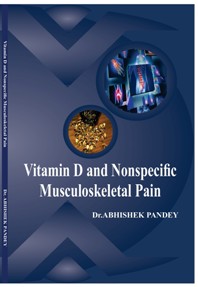
DR ABHISHEK PANDEY
M.B.B.S (IMS, BHU), M.D (Medicine), CCEBDM (International Diabetes
Federation), PGP in Cardiology (Johns Hopkins, USA),
Medical Officer, SS Hospital, IMS, BHU, Varanasi
Former Assistant Professor of Medicine, HIMS, Varanasi
Read more...


